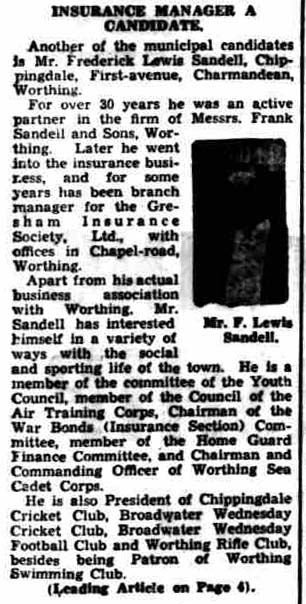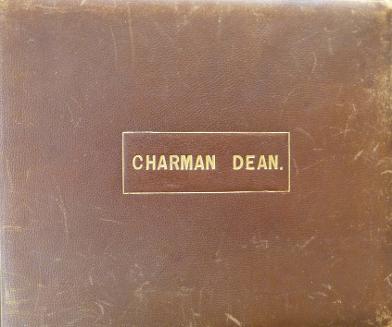Timeline, owners, residents, celebrities and life
Across this site, we have referenced people - maybe owners of the mansion, prominent people in the local area, or famous people who might have lived in Charmandean over the years.
We appreciate this might not be of interest to everyone, but we wanted to share our research to record it in a separate page. Included in this are many articles on how Charmandean Estate featured prominently in the local area, supporting the people and local events.
Where possible, we have done this in chronological order, and incorporated additional information where known.
We have included Census records and sales articles for interest into the life of Charmandean residents in those times.
To see the Arthur Askey Video, scroll down the page to the Arthur Askey section.
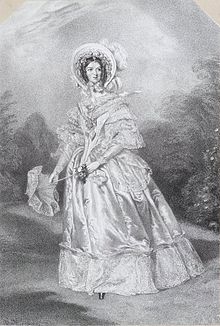
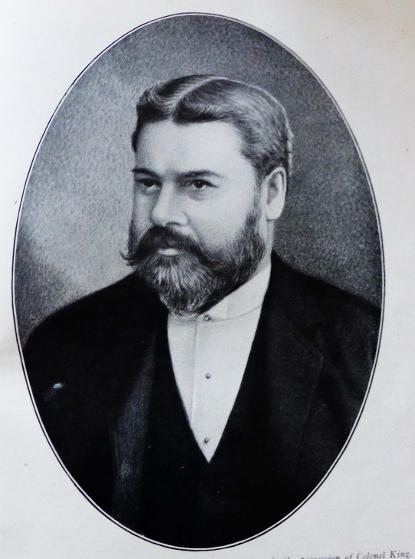
Timeline - a brief summary
c. 1521 - earliest known reference to 'Charemanys', in the Parish of Broadwater
c.1806 - Georgian style house built at 'Charming Dean' by John Penfold (admin note: possibly by John Penfold, as cannot find evidence of this, and might be more like c.1815)
c.1820 - House owned by Mr & Mrs Thomas Walker
c.1841-1866 - Purchased by Mrs Thwaytes. Many improvements to the house were made, such as porch, bay windows, East and West wings, conservatory on the West end. The size of the estate considerably enlarged during this time to the size we know today
c.1855 Ornamental gates added at East entrance. The West entrance gates added later, possibly by Mr Wedd, when the West driveway was moved from the centre of the estate to the West side, along with Charmandean Lodge built.
1871-1898 - owned by Mr & Mrs George Wedd, a London Stockbroker. Purchase price, £10,000. Improvements included relocating the West driveway, the Folly, and Charmandean Lodge.
1900-1913 - owned by Mr & Mrs Alfred King
1915-1917 - owned briefly by Mr William Ellis
1917-1926 - Rev. T. Dyer Edwards, the last private occupant of Charman Dean.
1926 - Estate sold, broken up for building. First, Second, Third, Fourth, and Fifth Avenues layed out and building started.
1926 - St. Michael's boys preparatory school, run by Rev. Talbot Hindley, moved into the house and immediate grounds.
1931 - Mr Hindley appointed headmaster of Seaford College, school moves out of Charmandean.
1936 - Miss C. E. West started Charmandean Boarding School for Girls
1936 - Charmandean Open Space donated to Worthing Borough Council (with clauses)
1939-45 - Land requisitioned and house used as a furniture store during the war years
1945 - c.1951 Charmandean School for girls returns after the war
c.1951 - School moves to Lillingstone Dayrell, Buckinghamshire
c. 1954 - Remaining 18 acres of house and land purchased by Residents of Charmandean, as 'Charmandean Estates Limited'
1960 - House and land sold to a developer for £70,000, with clause that it would be 'only developed with 71 3 or 4 bed luxury homes'
1963 - Charmandean House demolished, Longlands housing development started.
The Penfold Family
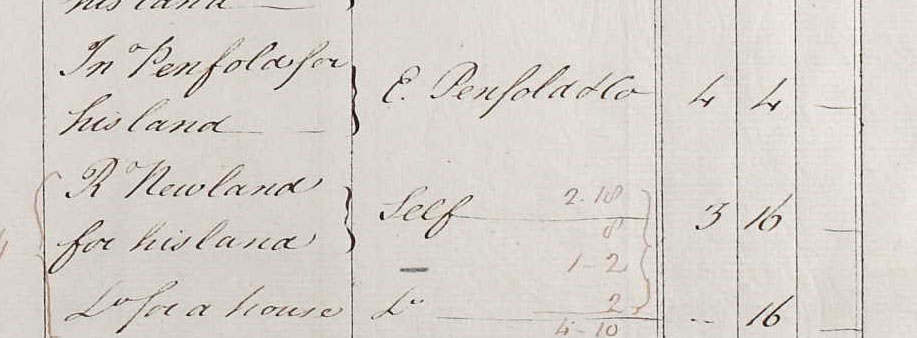
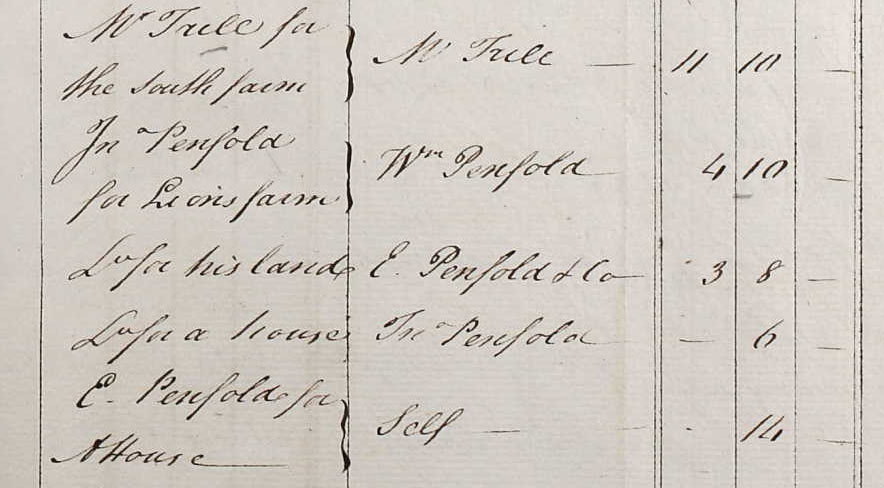
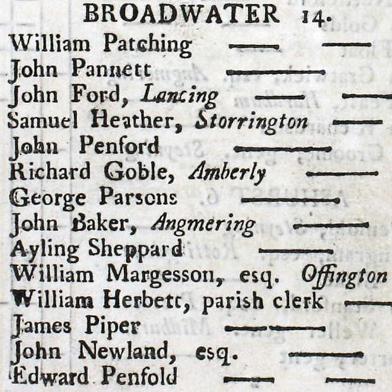
Mr Thomas Walker
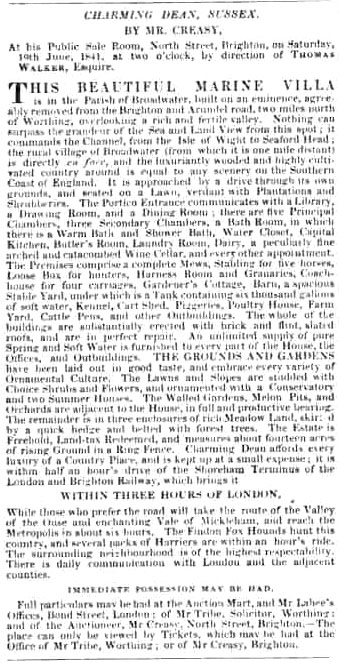
Mrs Ann Thwaytes
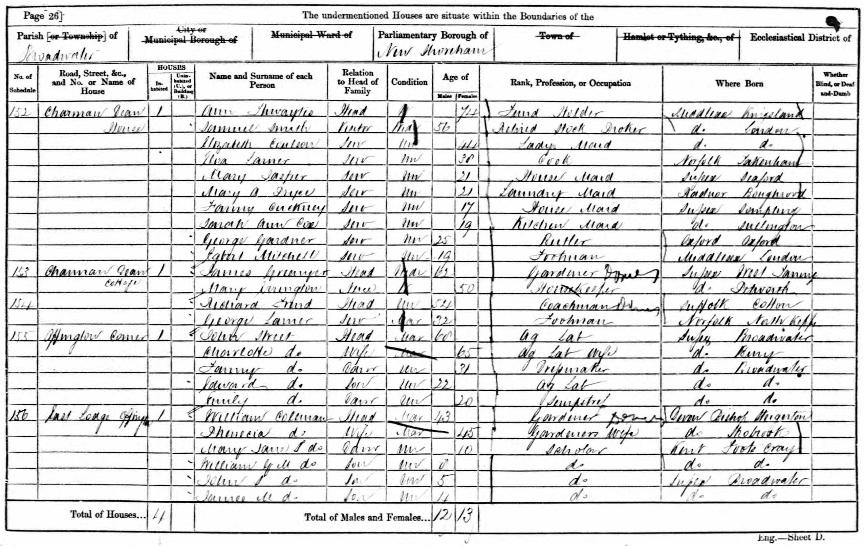
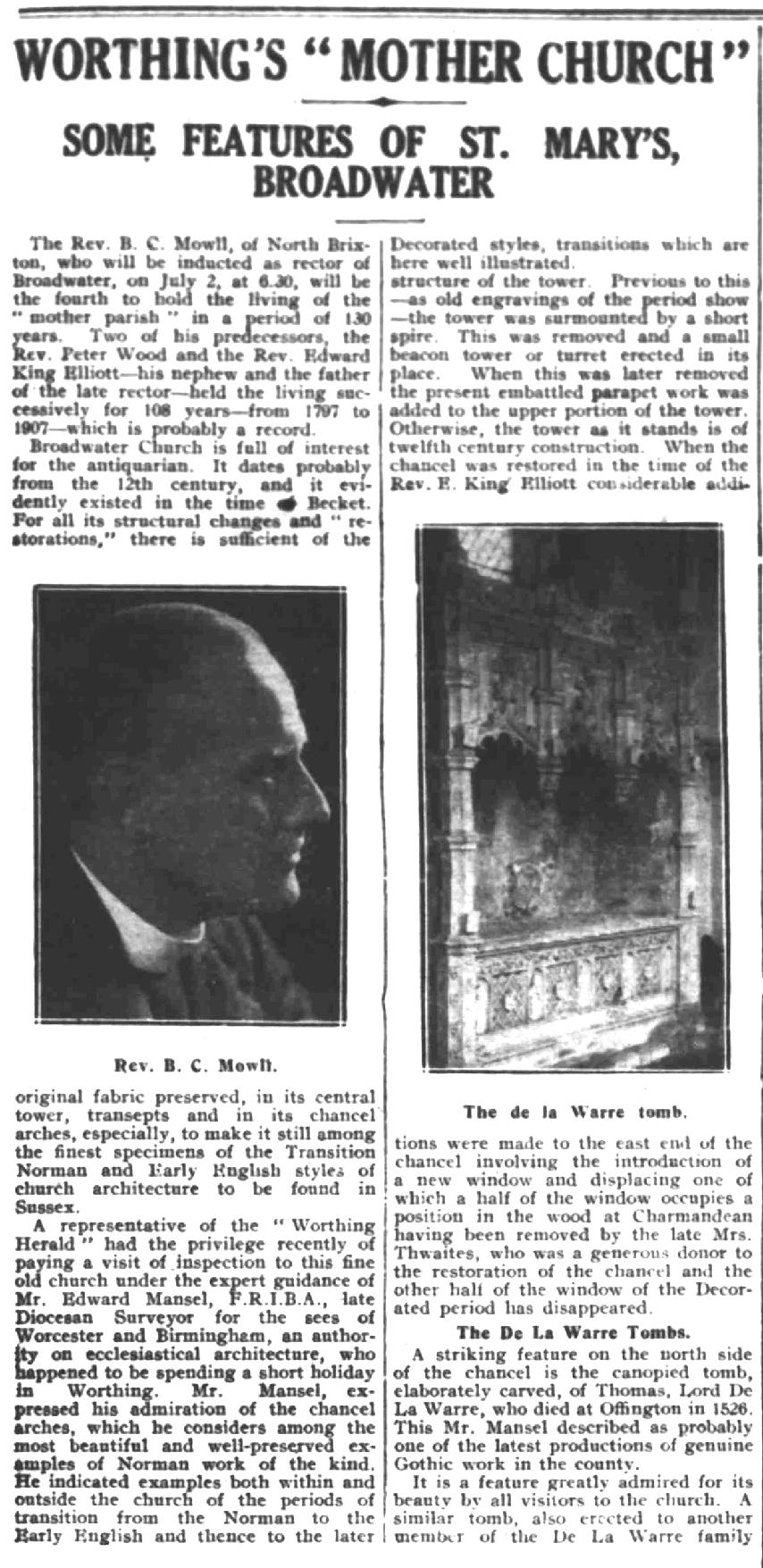
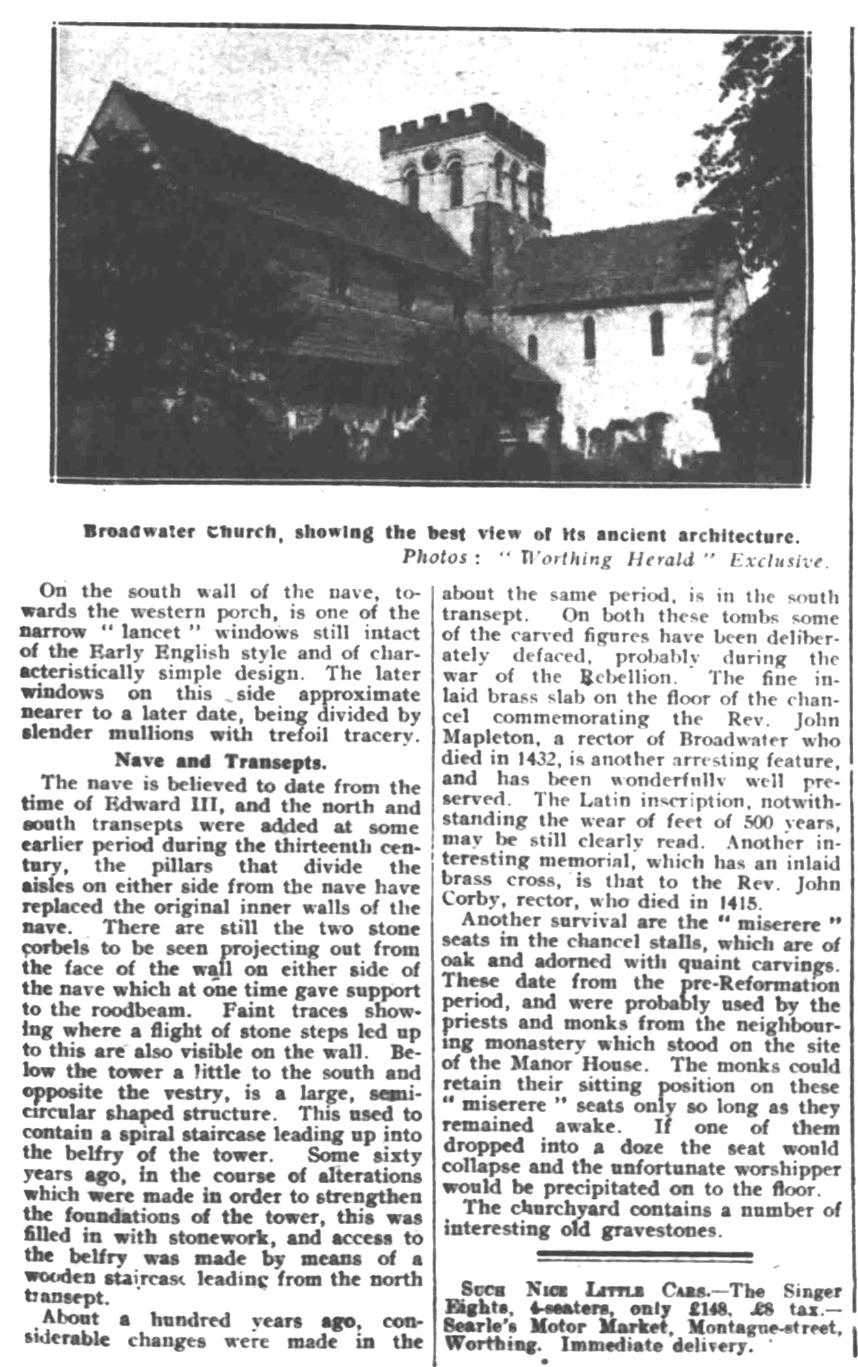
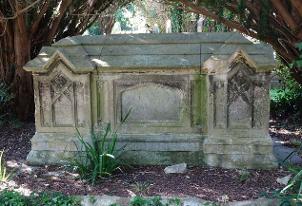
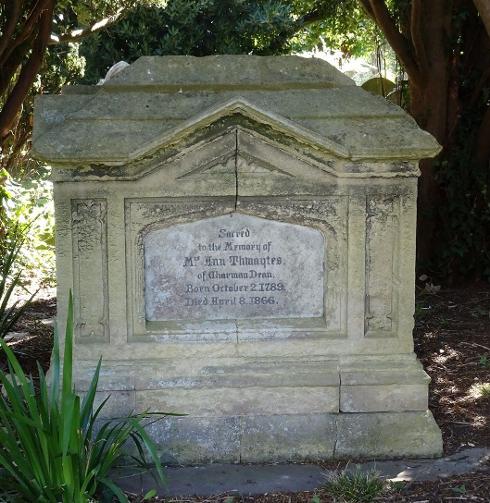
Mr George Wedd
'Conservative Fete held at Charman Dean'

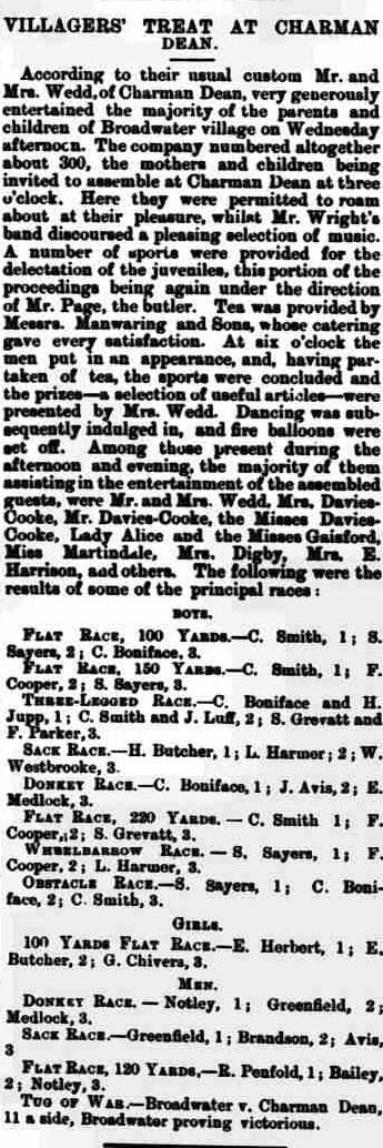
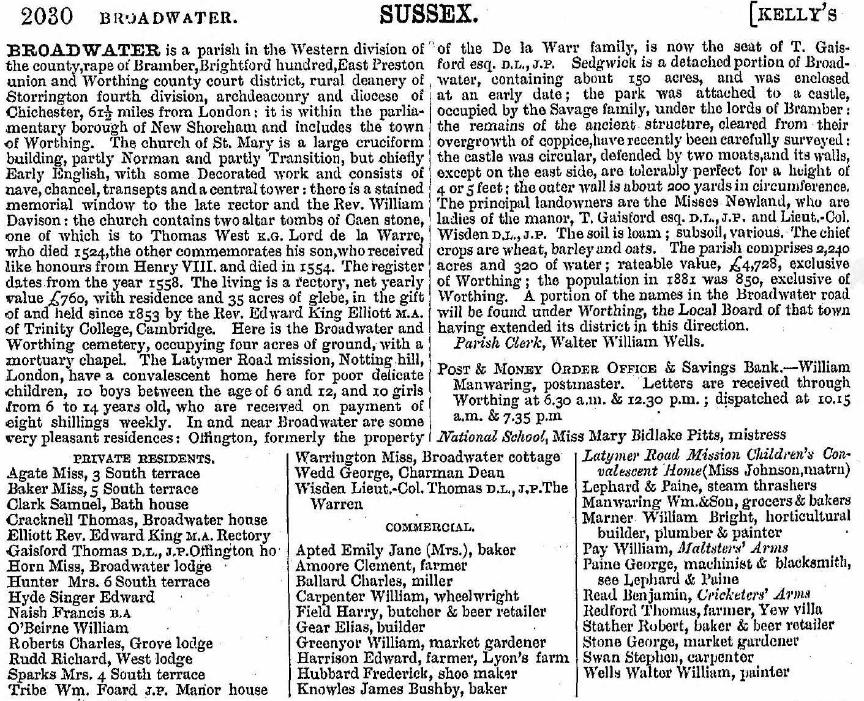
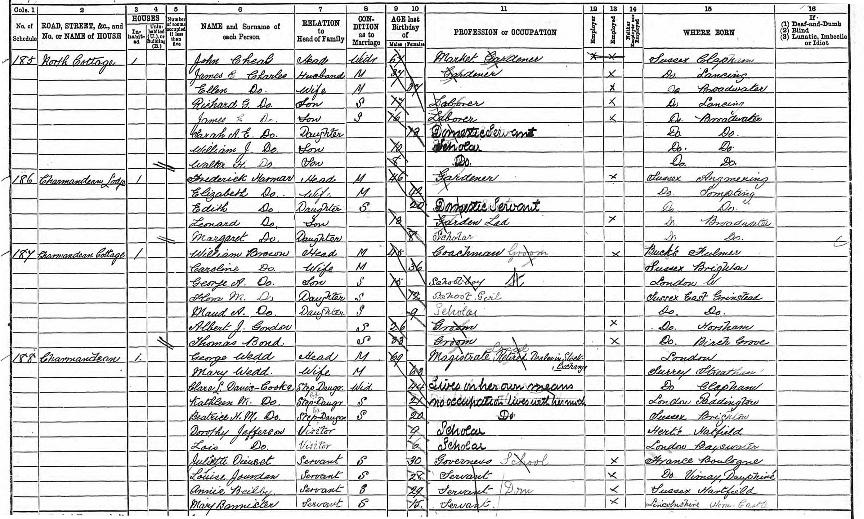
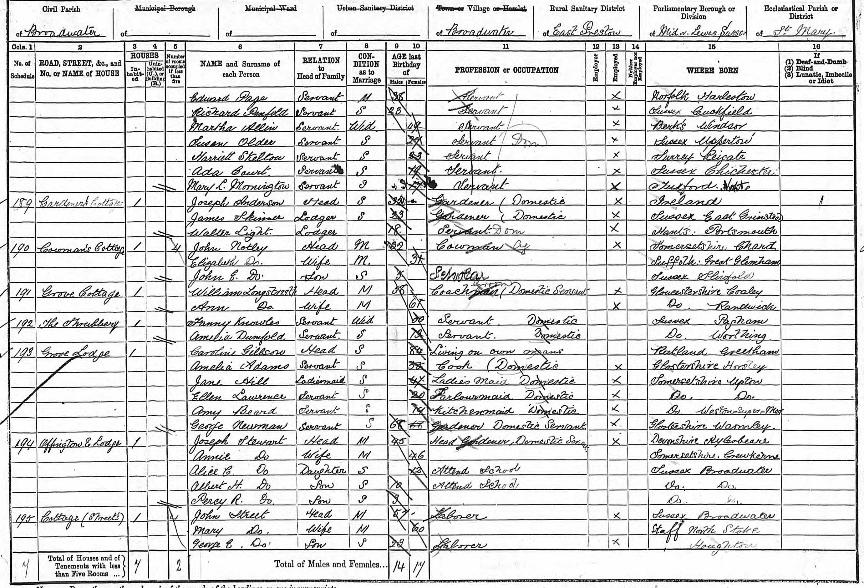

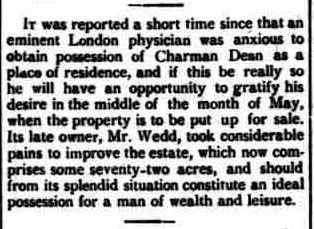
Mr Alfred King
A family photo album
Adventurous Balloon Voyage
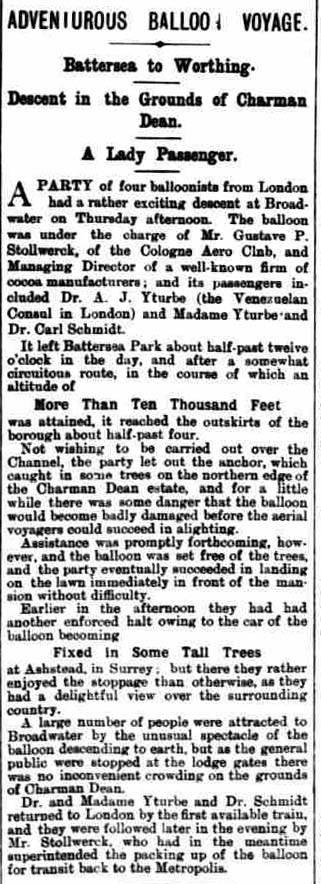

Mr William Ellis
Mr T Dyer Edwards
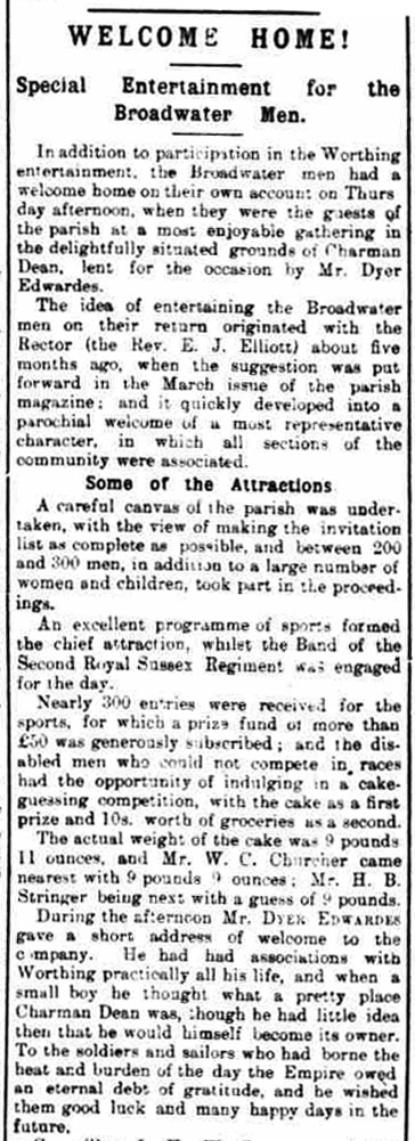
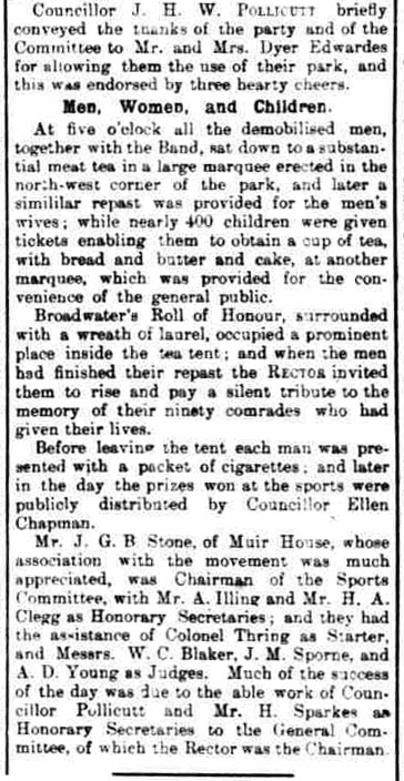
Charmandean People



Mrs Rita Summers, local Councillor and Worthing Mayor
Miss R. M. Watts

Mr Henfrey Smail
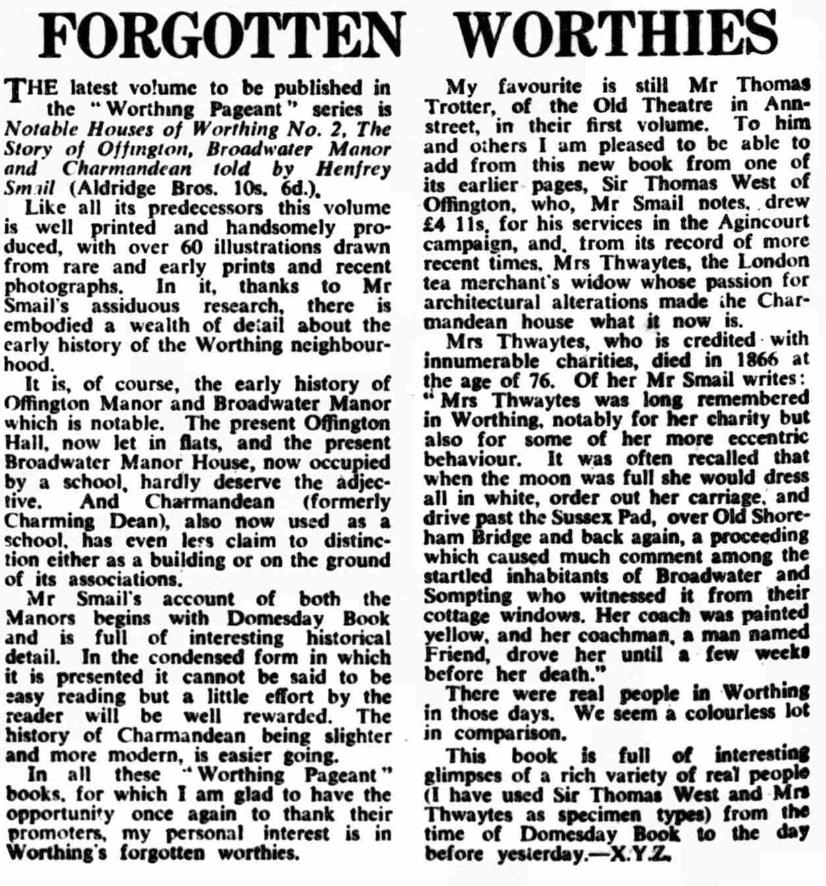
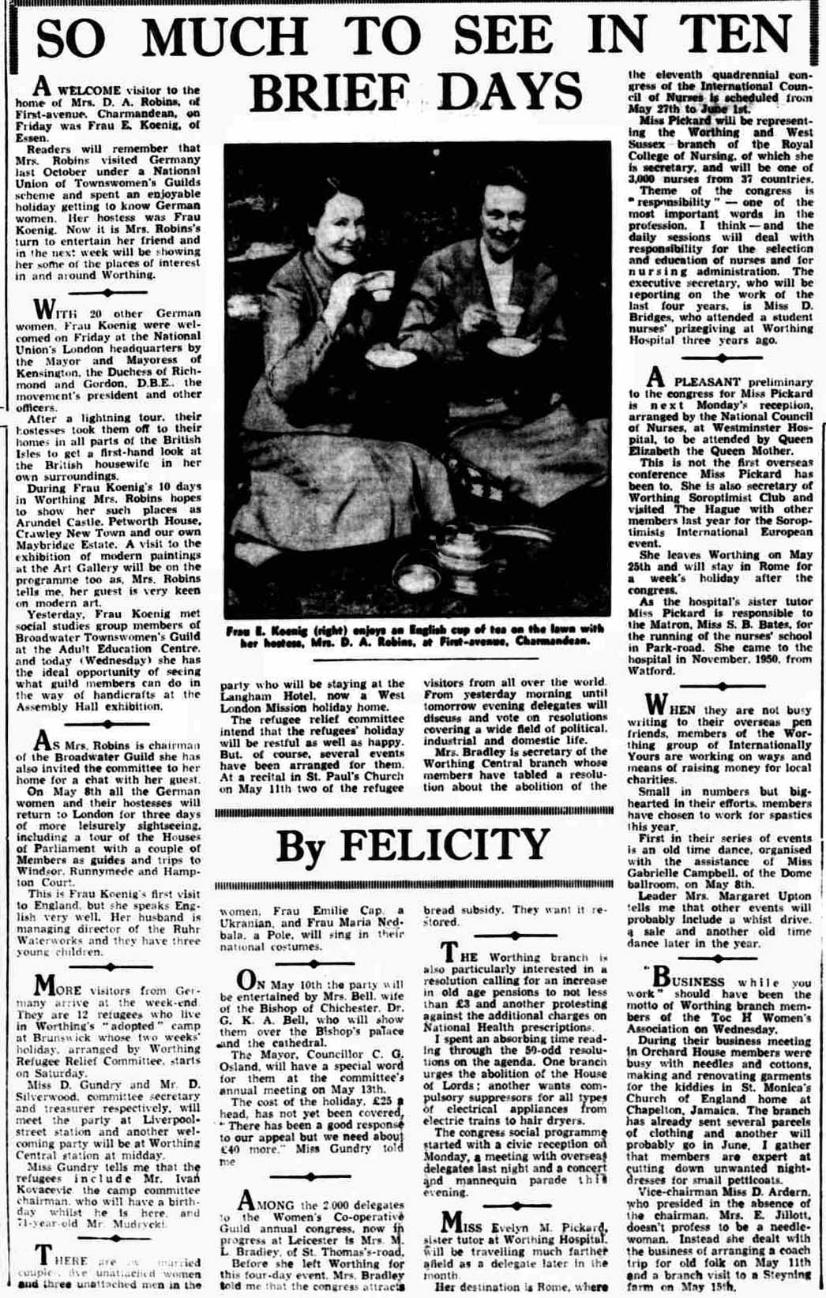
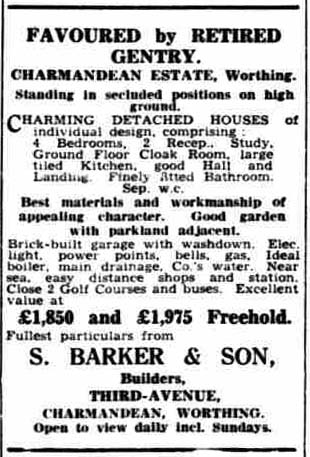
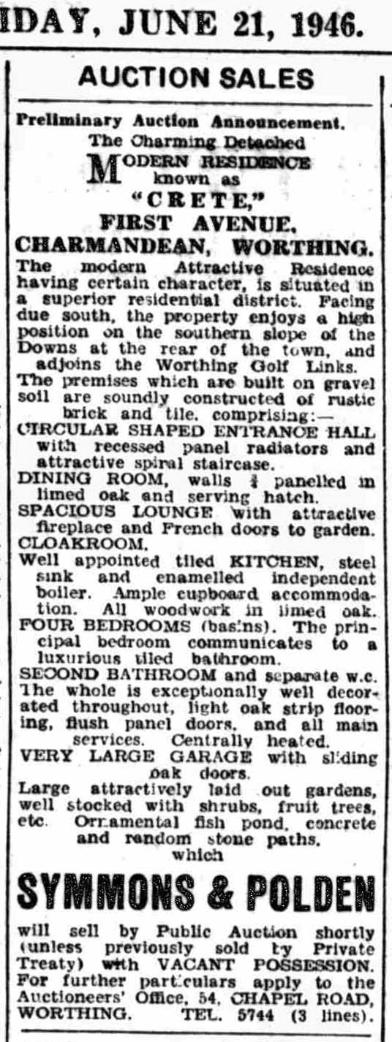
Arthur Askey
Mr Arthur Askey lived in Charmandean, at a house at the top of First Avenue.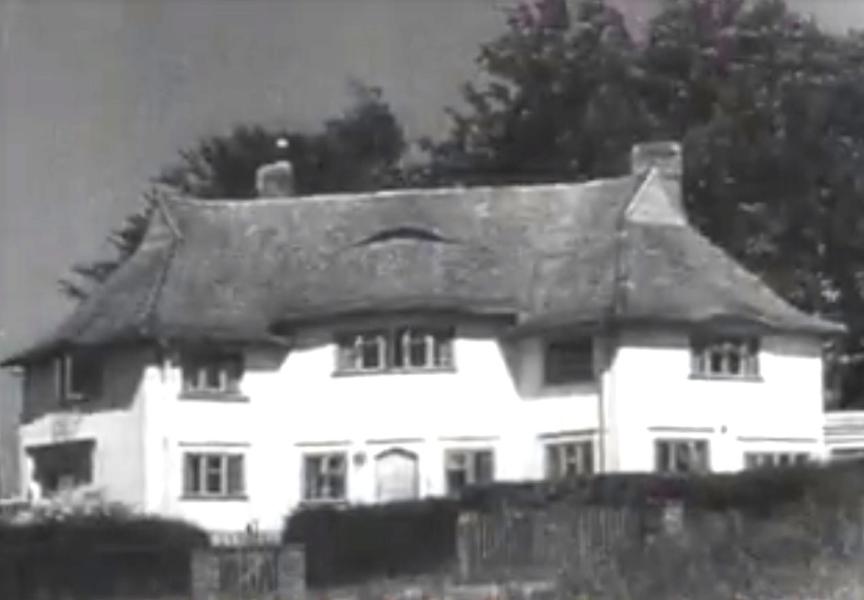
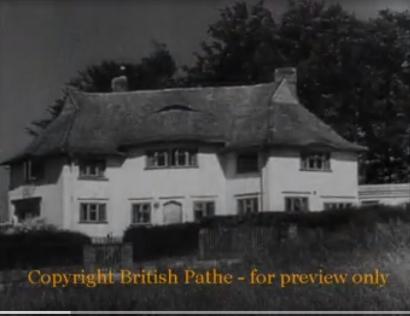
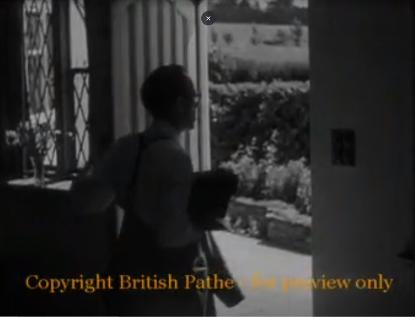
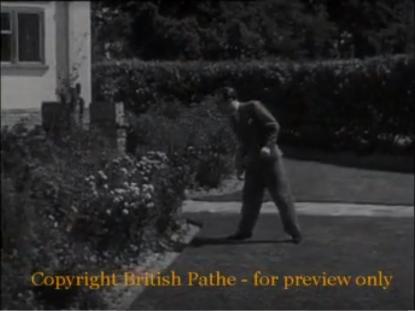
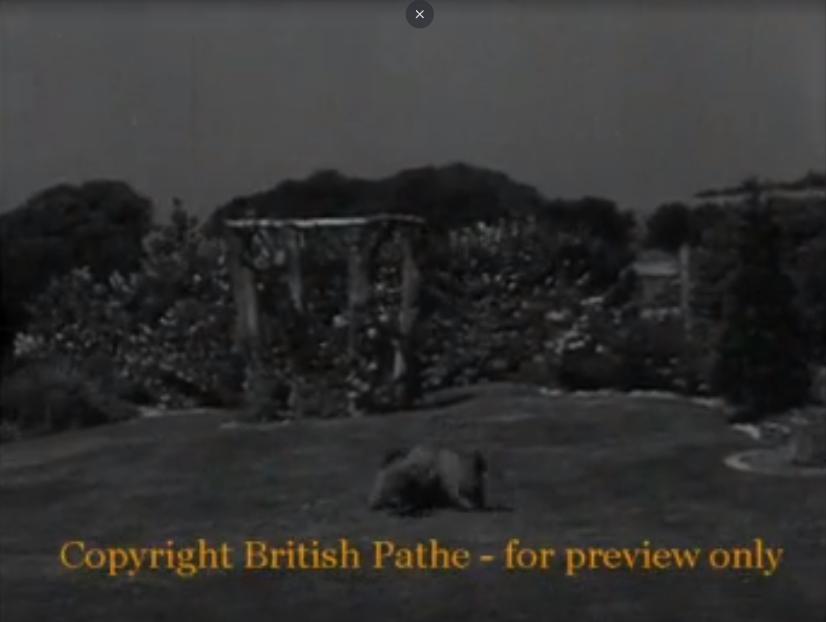
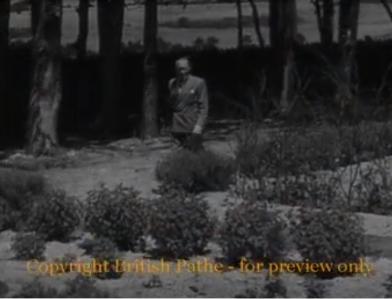
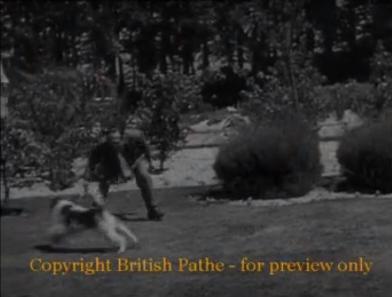
The Dunhill family
The Dunhill family, of cigarettes and clothing fame, lived at one time in Fourth Avenue. He left his wife and moved to live on the Charmandean estate with his mistress, Vera Mildred Wright, who he married in 1945.Sandells - builders of much of Charmandean
The Sandell family not only built much of Charmandean, but also lived in the estate. They also had strong ties to sport, especially cricket - note the name of the house in First Avenue referenced here (recognise it from the Rotary ground?)